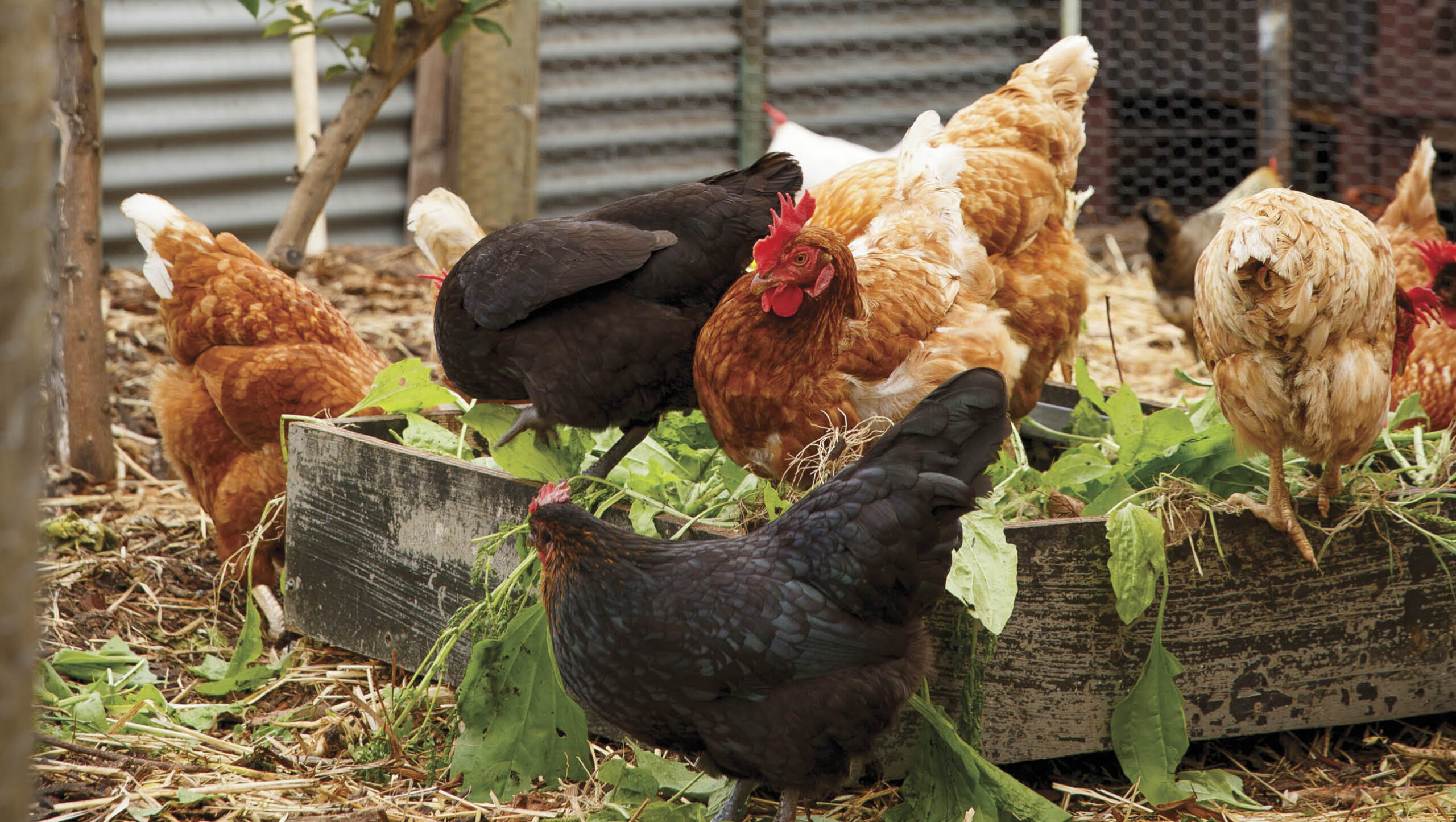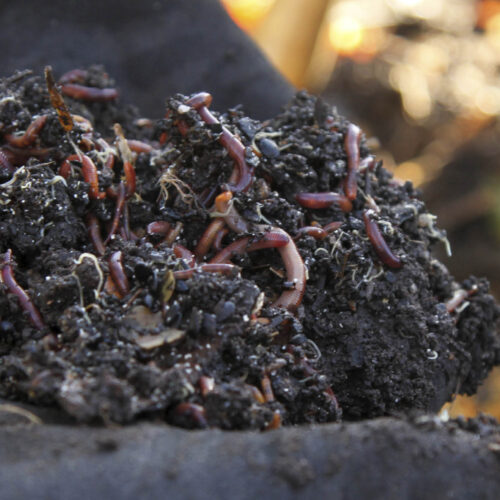How to prepare for bird flu
2025-04-28T14:39:51+10:00
Bird flu is a highly infectious virus that can harm backyard poultry. Not yet in Australia, it's still important to be aware of its impact.
As a passionate backyard chook keeper, I am very aware of biosecurity and I’m amazed we have not had more cases of bird flu. Various strains of this viral disease are endemic in wild bird populations and our agriculture departments anticipate it is only a matter of time before it impacts backyard flocks here in Australia. Being informed will help us prepare for the disease and hopefully prevent it spreading.
Bird flu or avian influenza (AI) viruses are highly infectious, affecting bird species, domestic animals and wildlife throughout the world. Low pathogenic avian influenza (LPAI) strains have little effect on their hosts, but high pathogenic avian influenza (HPAI) strains such as H5 and H7 are generally fatal within hours or days. The most common strain worldwide is H5N1, which has affected 350 bird species and 56 mammal species since it emerged in 1996.
Humans can contract bird flu directly from infected birds, but there’s no evidence H5N1 can spread easily from human to human.
Impact on Australia
The risks to Australia are substantial and include the collapse of the chicken, egg and meat industry if the disease becomes widespread. This would impact our food supply, causing egg shortages, for example. There is also the likelihood of mass deaths of wildlife species, such as black swans.
The ramifications to backyard poultry are also serious.
Australia has numerous pure chicken breeds with unique genetics that are not found elsewhere. Australia imposed a ban on importing non-commercial poultry after World War II and in the intervening period our purebreds have diverged genetically from overseas populations. Should our backyard poultry be lost to AI, it would cause a catastrophic loss of genetic diversity.
Needless to say, chicken losses would also be personally devastating for owners.
Transmission
Bird flu can spread through droplets, small aerosol particles or dust. The most likely ways for it to spread to backyard hens is from wild birds who can access their feed or water or via drinking water from farm dams wild birds have accessed.
It can also be carried into your property on contaminated poultry feed and litter, on vehicles that transport poultry and on clothes and footwear that have had contact with infected birds.
Your breakfast is not likely to be a risk; heating eggs to an internal temperature of 75°C kills bird flu and other pathogens.
Notify authorities
Bird flu is a notifiable disease so you must inform your state or territory agriculture department if you know of or suspect its presence. If birds contract it, the property will be quarantined, depopulated and disinfected and the area around it designated a restricted or control zone with specific rules. These may state poultry and poultry products cannot move in and out, and there may be a housing order, where poultry are permanently confined to keep them away from wild birds.
In the UK, all backyard poultry are put in a ‘flockdown’ or compulsory housing for 2–4 months each year to prevent bird flu spreading. This may become part of Australia’s management plan, to
There’s more on how to check your chook’s health here.
For more information visit:
Department of Agriculture, Fisheries and Forestry: agriculture.gov.au/campaigns/birdflu







